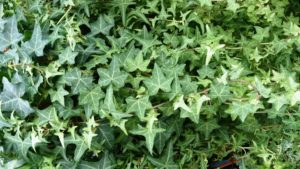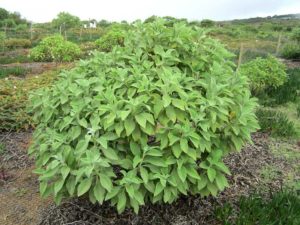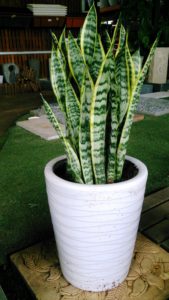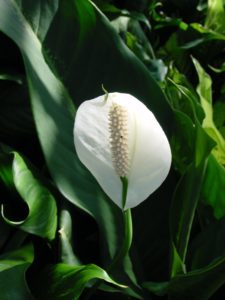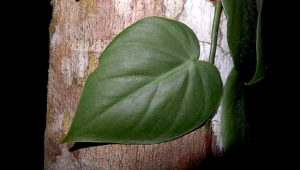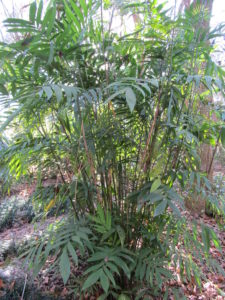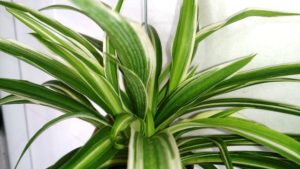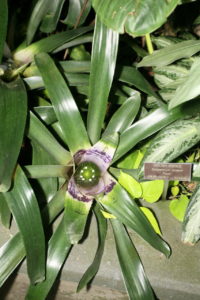Many people are naturally drawn to nature in order to think comfortably and relax in a quiet place. But often the snowy weather, the lack of water, or maybe the environment will keep you from traveling through the wilderness.
Luckily, exhibiting the flora at home is simpler than ever before. There are several benefits of indoor plants. Not only could they be the ultimate decoration with intent, but some well-located green plants will add value to the space, purify the environment, and create a much more calming and pleasant atmosphere.
Research has also shown that the introduction of a lot of vegetation indoors can help relieve stress, relieve tension, and potentially heal faster. Take advantage of what nature can bring by changing to one or more of the following plants for your home.
1. Aloe plant
The aloe plant is not only readily available to cure sunburns, pinches or cuts; it is also able to detoxify the body and is suitable for air purification. Even from commercial cleaning products, Aloe can help purify the air from pollutants. One interesting aspect is that when the quantity of chemicals that damage the airflow is serious, the plant leaves show brown spots.
2. English Ivy
Based on NASA, English Ivy is the best house plant to pursue because of its unbelievable filtering capacity. It’s probably the best formaldehyde absorbent plant, and it isn’t difficult to grow. An adaptable plant can hang up and sit on the grass and enjoy moderate sunshine.
3. Gumwood
If your green thumb is much less developed, a rubber can be the best for you. In bad lighting and colder temperatures, it is increasing rapidly. Air philter remover and the efficient toxin is the low maintenance method.
4. Snake Plant
Without much light or perhaps even drinking water, the big corner plant, the snake plant, will grow. It also absorbs carbon dioxide efficiently and releases oxygen in the night (while most plants do so during the day) so that you can get even better sleep in your bedroom.
5. Peace Lily
This stunning flora is a wonderful, easy-to-care plant. Peace lily works best in colder temperatures and colors and reduces the number of pollutants in the atmosphere.
6. Philodendron Heart-shaped
Philodendron is simply the preferred indoor plant choice because decorative vines are so easy to maintain and grow. Formaldehyde is especially well-absorbed, unlike English ivy. They may continue to look after themselves for many years and grow up with their families. The philodendron needs a small amount of sunshine and mild humidity.
7. Bamboo palm
The rejuvenating and attractive plant has actually entered a NASA ranking of 8.4 of the top ten air crops in the cleaning list. The palm also extracts very effectively benzene and trichlorethylene. Well-fed, shaded or perhaps direct harmony, they flourish in your home and promote peace.
8. Spider plant
Spider vegetation is not so difficult to produce and is, in reality, a traditional domestic plant for many. While they’re also on NASA’s list of the best air purifiers, they aren’t just fun. These are useful for reducing pollutants (including xylene), carbon monoxide, benzene and formaldehyde and are suitable for households who are searching for clean air.
9. Golden Pothos
In reality, Pothos is a simplistic but stunning plant, a NASA guide. This is best achieved at warm, very low temperatures of sunlight. Formaldehyde can be removed from the environment. The plant is beautiful and can be found in your living room or perhaps in cascading wines with its leaves.
10. Dracaena with red edges
This brilliant plant can grow to a maximum of 15-foot dracaenas and is common, making it an excellent plant to fill and decorate the space. Contaminants such as xylene, trichlorethylene, and formaldehyde must be removed from the planet. It flourishes in the sun, and it can be a great addition to your home.
Plants bring a lot of unintended benefits; you feel better when growing indoors, create cozy homes, and are in reality icons of safer environments.


